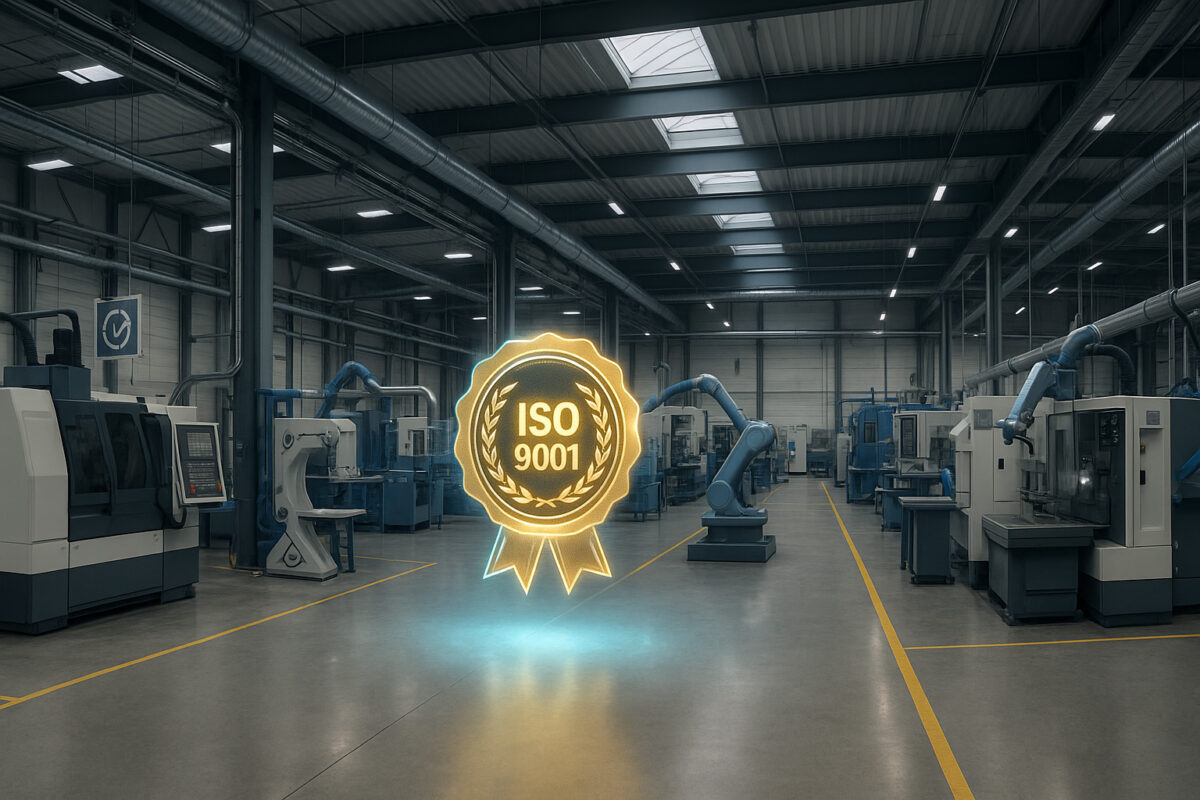
Cost of Goods Sold (COGS): What Is It?
The Cost of Goods Sold (COGS) represents the total cost of products or services sold by a company over a given period. This cost includes the following components:
- Raw materials used in the production of goods;
- Direct labor involved in the production process;
- Production costs such as overhead and indirect labor costs.
Why Is COGS Important?
COGS is a calculation used to assess a company’s financial health. By subtracting COGS from the total revenue from sales, you get the gross margin. The lower the COGS relative to revenue, the higher the gross profit margin, indicating greater profitability. Want to validate the compliance of your manufacturing processes? Contact us for a custom factory audit.
How to Calculate COGS?
Calculating COGS may seem complex at first glance. However, there are proven methods to achieve an accurate result.
Here’s the basic formula: COGS = Beginning Inventory + Purchases During the Period – Ending Inventory.
- The beginning inventory is the value of goods available for sale at the start of the accounting period;
- Purchases during the period include all expenses for purchasing raw materials, finished or semi-finished products, and other production essentials;
- The ending inventory is the value of goods still available at the end of the accounting period.
COGS: Alternative Calculation Methods
There are several methods to calculate COGS. Each has distinct characteristics and should be used based on your business objectives: FIFO, LIFO, and Weighted Average.
FIFO (First In, First Out)
The FIFO method assumes that the first items purchased are the first to be sold. It is particularly suitable for businesses that sell perishable products or manage fast-turnover inventories. It is also useful for companies operating internationally as it provides a more realistic picture of stock costs during periods of low inflation.
LIFO (Last In, First Out)
With the LIFO method, the last items purchased are the first to be sold. It benefits companies facing high inflation. Industries like oil or wholesale trade are particularly affected. Using LIFO, the cost of goods sold is calculated based on recent prices, which are often higher. This reduces taxable income.
Weighted Average
This method calculates an average cost of the items in stock. It is ideal for businesses with homogeneous inventories or those operating in stable markets. SMEs or companies looking to simplify their accounting often use this method to avoid sudden fluctuations in COGS.
How to Optimize Your COGS?
To optimize your company’s COGS, several levers are available: optimizing purchase costs, improving productivity and inventory management, and reducing waste.
Optimize Purchase Costs
To reduce COGS, start by negotiating with your suppliers. Look for partners offering more competitive prices or get better terms with your current suppliers. Buying in bulk or seeking promotions and attractive offers are other solutions to consider for optimizing your COGS. You can also negotiate payment terms to pay as late as possible or obtain lower deposits.
Enhance Production Efficiency
Maximize your productivity to positively impact your cost of goods sold. To achieve this, explore several options:
- Investing in automation technologies;
- Improving processes to reduce waste;
- Training your workforce.
Effective Inventory Management
Improve inventory management to minimize costs related to surpluses and shortages. To achieve this goal, use a comprehensive inventory management system to accurately and real-time track stock levels.
Minimize Waste
Finally, reduce waste in your production process. Identify stages where raw materials are wasted and implement measures to minimize or eliminate these losses. Recycling used materials should also be considered to achieve your COGS objectives.
Mastering Your COGS: A Must for Maximizing Business Profitability
Understanding how to calculate the cost of goods sold is a crucial step to evaluate and improve your company’s profitability. To go further, opt for an in-depth analysis of your production processes to identify new optimization opportunities. Our experts are available to support you in this process, helping you maximize margins and strengthen your business’s competitiveness.



